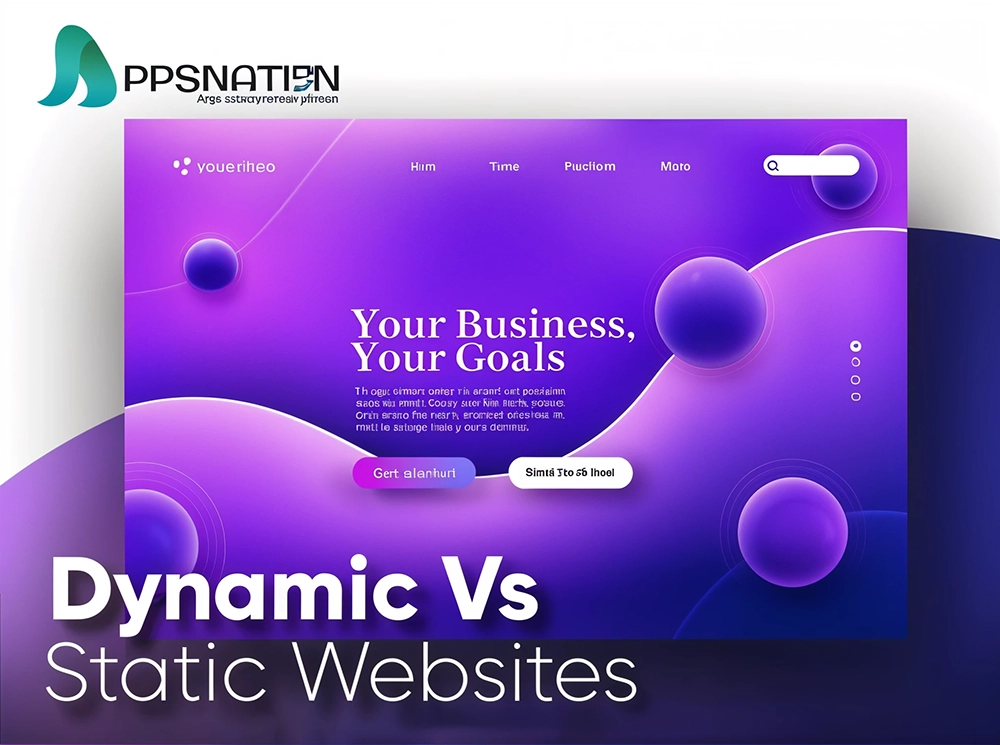Having a robust online presence is vital for both businesses and individuals in the digital era. A website serves as a virtual storefront, representing your brand and providing a platform to engage with your target audience. When it comes to website creation, two fundamental aspects come into play: design and development. While both are essential, they serve different purposes and require unique skill sets. In this article, we will delve into the differences between design and development, their individual contributions, and how they work together to create a successful website.
Table of Contents
| 1 | Introduction |
| 2 | Understanding Website Design |
| 3 | The Role of Website Development |
| 4 | Collaboration and Synergy |
| 5 | Key Considerations for Design and Development |
| 6 | User Experience: The Nexus of Design and Development |
| 7 | Responsive Design: A Must-Have in the Mobile Era |
| 8 | SEO and Website Performance Optimization |
| 9 | The Importance of Content and Visuals |
| 10 | Enhancing Website Security |
| 11 | Measuring Success: Analytics and Monitoring |
| 12 | Budgeting for Design and Development |
| 13 | Future Trends in Website Creation |
| 14 | Conclusion |
| 15 | Frequently Asked Questions (FAQs) |
Introduction:
In today’s competitive online landscape, a website is more than just an online brochure. It serves as a powerful marketing tool and a gateway to establish meaningful connections with your audience. To create an effective website, it’s essential to understand the roles of design and development.
Understanding Website Design
Website design centres around the visual appeal and user interface (UI) of a website. Designers aim to create visually appealing layouts, choose appropriate colour schemes, and ensure seamless navigation for users. They utilise graphic design skills and software tools to craft engaging websites that captivate visitors and reflect the brand’s identity.
The Role of Website Development
Website development involves the technical aspects of bringing a design to life. Developers use programming languages like HTML, CSS, and JavaScript to transform a static design into an interactive and functional website. They handle backend tasks, such as database management, server configuration, and coding, to ensure that the website operates smoothly.
Collaboration and Synergy
While design and development are distinct processes, they are interdependent and require collaboration. Designers and developers must work together to achieve a cohesive end result. Designers provide developers with the visual assets, style guidelines, and wireframes necessary to create the desired user experience. Developers, in turn, implement these design elements and ensure their functionality across different devices and platforms.
Key Considerations for Design and Development
When embarking on website creation, several key considerations are essential for both design and development:
Target Audience: Understanding the target audience helps designers create user-centric designs, while developers optimise the website for optimal performance on various devices.
Brand Identity: Designers incorporate brand elements like logos, typography, and colour schemes into the website design, while developers ensure consistent branding throughout the site.
Scalability and Future Growth: Developers build websites that can accommodate future expansions, while designers create flexible layouts that can adapt to changing content requirements.
Accessibility: Designers and developers collaborate to ensure websites are accessible to all users, considering factors like colour contrast, font size, and screen reader compatibility.
User Experience: The Nexus of Design and Development
Creating a positive user experience (UX) is a shared responsibility of designers and developers. Designers focus on creating intuitive layouts, easy-to-use navigation, and engaging visuals. Developers optimise website speed, implement responsive design, and ensure smooth interactions to enhance the user experience.
Responsive Design: A Must-Have in the Mobile Era
With the proliferation of smartphones and tablets, responsive design has become imperative. Designers create websites that adapt seamlessly to different screen sizes and resolutions. Developers use technologies like CSS media queries to ensure the website’s responsiveness, guaranteeing a consistent user experience across devices.
SEO and Website Performance Optimization
Design and development play critical roles in optimising a website for search engines and improving its performance. Designers focus on creating SEO-friendly structures, user-friendly URLs, and well-organised content layouts. Developers optimise website speed, minimise code bloat, and ensure clean code for efficient crawling by search engine bots.
The Importance of Content and Visuals
Compelling content and appealing visuals are crucial for engaging visitors and conveying the brand’s message effectively. Designers work on visual elements like images, videos, and infographics, ensuring they align with the brand’s tone and style. Developers create content management systems (CMS) that allow easy content updates, ensuring fresh and relevant information.
Enhancing Website Security
Ensuring website security is paramount in safeguarding user data and upholding trust. Developers implement security measures like SSL certificates, firewalls, and regular updates to safeguard the website from cyber threats. Designers also play a role by incorporating security elements into the website design, such as clear privacy policies and secure payment gateways.
Measuring Success: Analytics and Monitoring
Both design and development contribute to tracking and analysing website performance. Developers integrate analytics tools like Google Analytics to monitor user behaviour, traffic sources, and conversion rates. Designers collaborate by designing intuitive dashboards that present data effectively, enabling businesses to make data-driven decisions.
Budgeting for Design and Development
Budgeting for website design and development depends on various factors like complexity, functionality, and customization requirements. Design and development costs may vary based on the scope of the project, the level of expertise required, and the hiring model (in-house team or outsourcing). It’s crucial to allocate adequate resources to both aspects to create a successful website.
Future Trends in Website Creation
Website creation is an ever-evolving field, and staying updated with emerging trends is essential. Some future trends include voice user interfaces (VUI), chatbots for customer support, augmented reality (AR) integrations, and personalised user experiences. Designers and developers need to adapt to these trends to ensure their websites remain competitive and relevant.
Conclusion
In conclusion, website creation involves a symbiotic relationship between design and development. While design focuses on the visual aspects and user experience, development ensures functionality and performance. By understanding the roles of design and development, businesses and individuals can create impactful websites that leave a lasting impression on their target audience.
FAQ
Q: What sets website design apart from website development?
Website design focuses on aesthetics and user interface, while development deals with the technical implementation and functionality of a website.
Q. How do design and development work together in website creation?
Designers provide the visual assets and guidelines, and developers bring them to life by coding the website and ensuring its functionality.
Q: Why is responsive design important?
Responsive design ensures that websites adapt seamlessly to different screen sizes and provide a consistent user experience across devices.
Q: What role does SEO play in website creation?
SEO-friendly design and development practices help improve a website’s visibility on search engines and attract organic traffic.
Q: What methods can I use to gauge the success of my website?
You can use analytics tools like Google Analytics to monitor website performance, track user behaviour, and measure key metrics such as traffic, conversions, and engagement.




